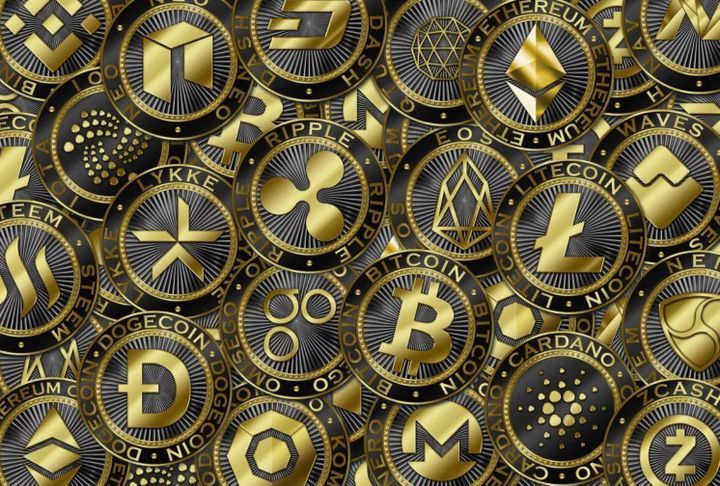📉 What does the token you buy do? Does it look like a Ponzi scheme?
In the early 1920s, Charles Ponzi launched a fraudulent investment scheme that brought him almost $ 20 million (now it's about $258 million). He offered investors high returns, which were generated at the expense of new participants. Ponzi was simply taking money from new investors to pay the old ones.

This model is unstable because it relies only on the inflow of external money. When there are no new investors, the scheme collapses.
Similar schemes can be found in the crypto industry, for example, in games of the "play to earn" format or DeFi protocols.
How it works: The blockchain game encourages users to buy NFT in order to earn certain tokens, which can then be sold or used in the ecosystem to increase income.
The question arises: where does the project generate profit so that users can earn and recoup their investments?
Usually, the profit in blockchain games depends on the constant influx of new users. But sooner or later, the influx of new money will stop due to the oversaturation of the market. Players will start selling their tokens, the exchange rate will collapse and most players will lose all their investments.
How to understand that the project has dubious prospects?
The key role is played by the tokenomics of the project. That is, the mechanisms that the developers have thought out to maintain the value of the token: useful use cases, burning mechanisms, competent token distribution, and the like. Good tokenomics is crucial for the long-term success of the project.
For example, a large inflation of tokens will gradually reduce their rate, and the lack of demand will devalue tokens even faster. Players will sell tokens at the first opportunity.
Therefore, before investing money in a blockchain game or a DeFi protocol to earn money, it is important to carefully study the project:
• Where does the project get the money to pay rewards to users?
• What options for using tokens does the project offer?
• Do tokens have a burning mechanism? What is their inflation rate?
• Are users motivated to store project tokens? Or do they sell them at the first opportunity?
• Will the project be able to keep users in the long term and attract new ones?
• Does the project have long-term prospects? Is it useful in the real world?
• Are tokens distributed correctly? Are there whales that own most of the tokens?
• Which funds/exchanges/companies support the project? Who is behind it?
This is an example of what questions you need to ask yourself when choosing a project. Often, the answers to these questions are on the surface. You just need to spend a little time studying the project, look at different sources, compare with competitors and find similar cases in the history of the crypto industry.
LUNA and the UST stablecoin are an example of unsuccessful tokenomics. The developers promised the impossible: 20% per annum on a stablecoin that does not have competent security mechanisms capable of surviving a stressful situation. The developers ignored this vulnerability, despite constant criticism.
An example of good tokenomics: ETH cryptocurrency. Ethereum has a huge ecosystem that is growing every year. And throughout this ecosystem, ETH coins are used as fuel for transactions and applications. ETH also has mechanisms for burning coins and reducing inflation. There is no reason for users to get rid of ETH at the first opportunity.
Independent study of projects is a very useful habit that will help to avoid large losses.
And what are you guided by in making a decision when investing?
1 comment